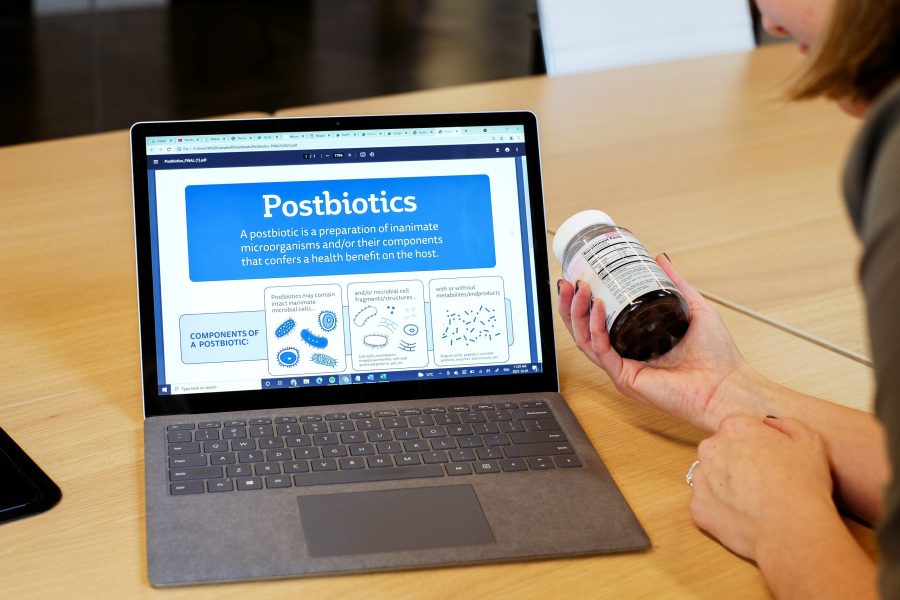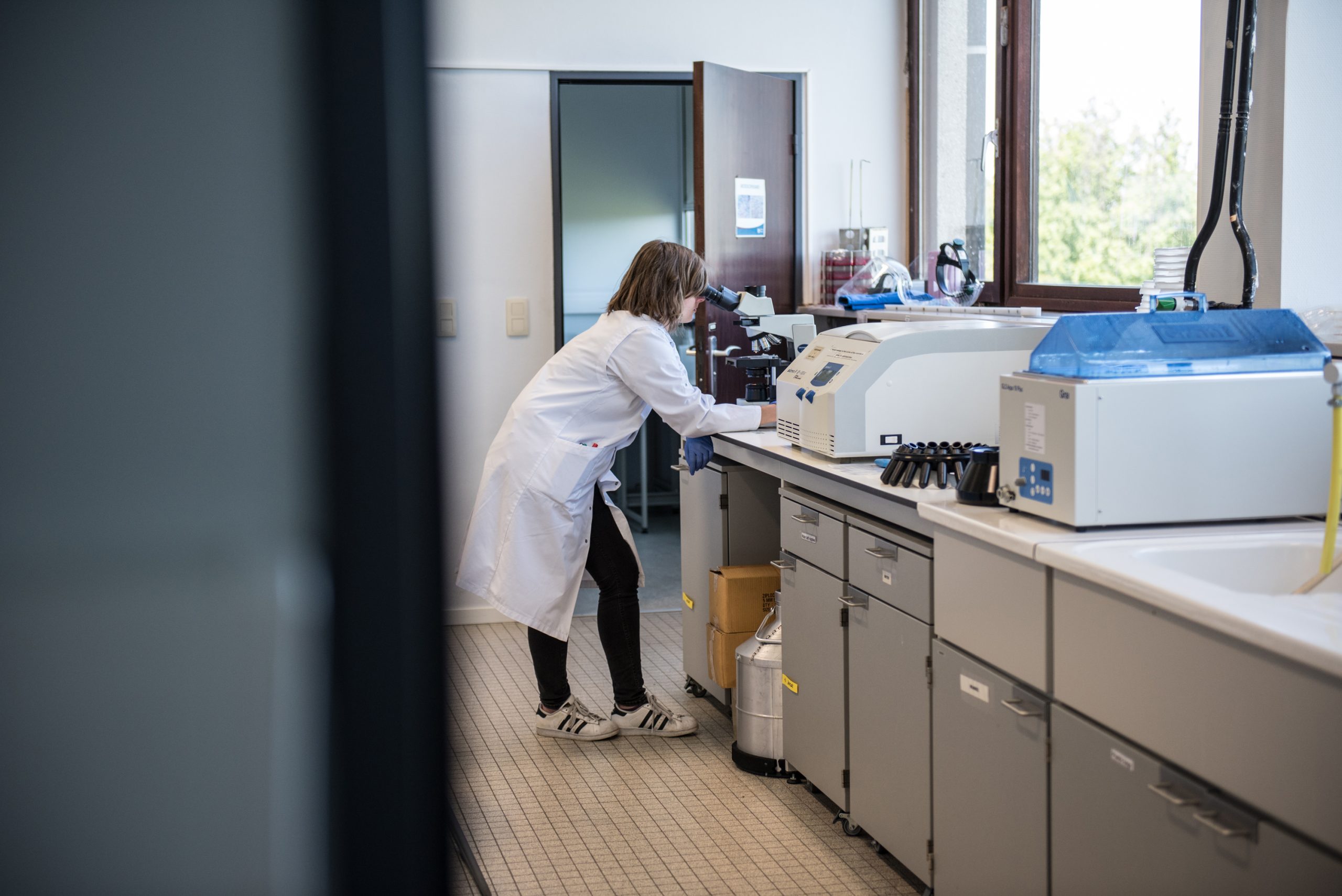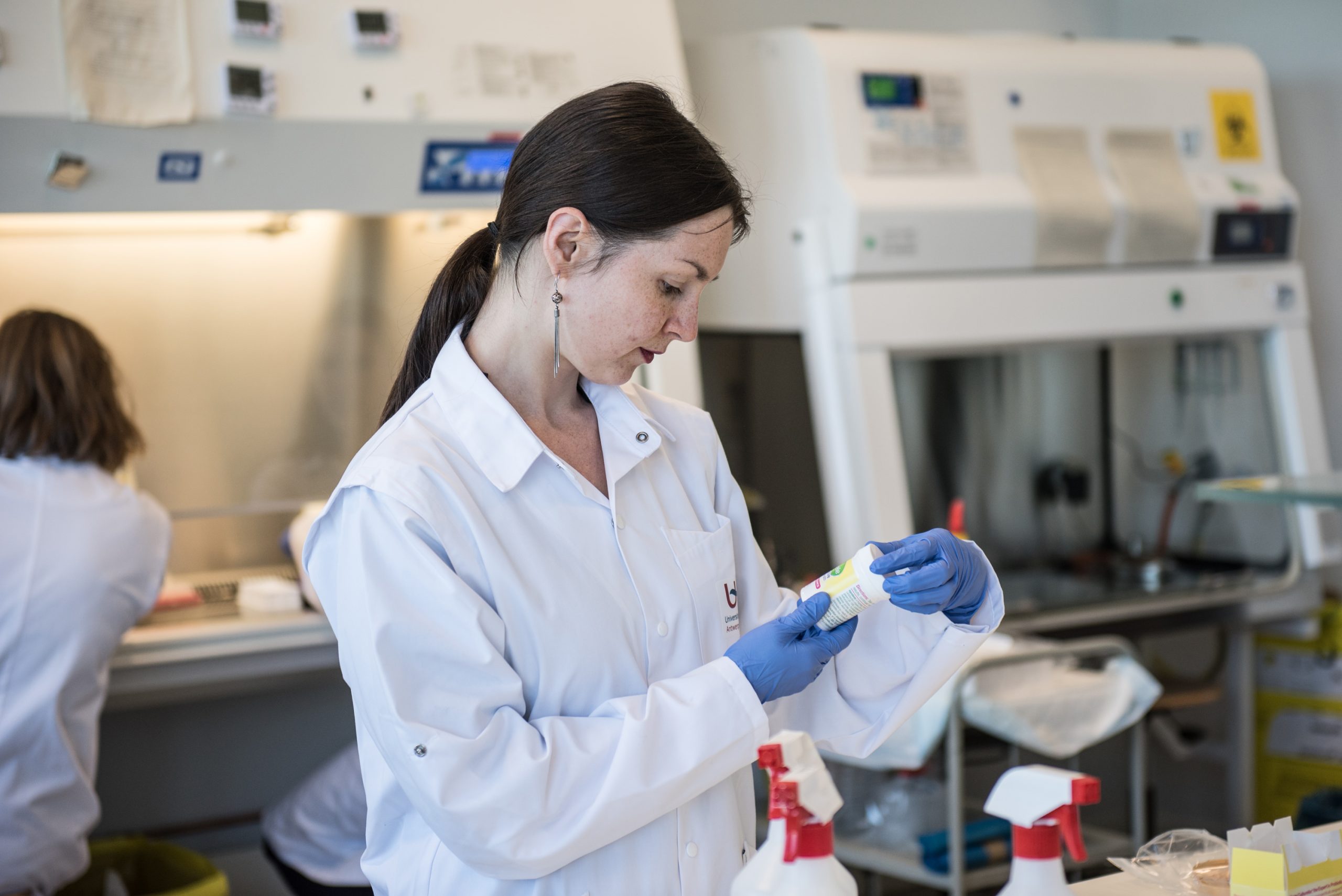1-10 of 12 results
-

Popular media, misinformation and ‘biotics’
Encountering misinformation is all too easy when seeking understanding of probiotics, prebiotics, synbiotics, and postbiotics (collectively, ‘biotics’). It can be… -

Definition of postbiotics: A panel debate in Amsterdam
By Dr. Gabriel Vinderola, PhD, Associate Professor of Microbiology at the Faculty of Chemical Engineering from the National University of… -

ISAPP’s Guiding Principles for the Definitions of ‘Biotics’
By Mary Ellen Sanders, PhD, ISAPP Executive Science Officer Articulating a definition for a scientific concept is a significant challenge…. -

ISAPP’s 2021 year in review
By Mary Ellen Sanders, PhD, ISAPP Executive Science Officer The upcoming year-end naturally leads us to reflect about what has… -

A postbiotic is not simply a dead probiotic
By Dr. Gabriel Vinderola, PhD, Associate Professor of Microbiology at the Faculty of Chemical Engineering from the National University of… -

A roundup of the ISAPP consensus definitions: probiotics, prebiotics, synbiotics, postbiotics and fermented foods
ISAPP has long recognized the importance of precise definitions of the ‘biotic’ family of terms. As a scientific organization working… -

Creating a scientific definition of ‘fermented foods’
By Prof. Maria Marco, Department of Food Science and Technology, University of California Davis, USA A panel of scientific experts… -

New synbiotic definition lays the groundwork for continued scientific progress
By Karen Scott, Mary Ellen Sanders, Kelly Swanson, Glenn Gibson, and Bob Hutkins When Glenn Gibson and Marcel Roberfroid first… -

What makes a synbiotic? ISAPP provides a sneak peek at the forthcoming international scientific consensus definition
By Kristina Campbell, science and medical writer The word ‘synbiotic’ is found on the labels of many different products, from… -

Reflections on a career in probiotic science, from ISAPP founding board member Prof. Gregor Reid
Past President and founding board member Prof. Gregor Reid is stepping down from the ISAPP Board in Banff in June…